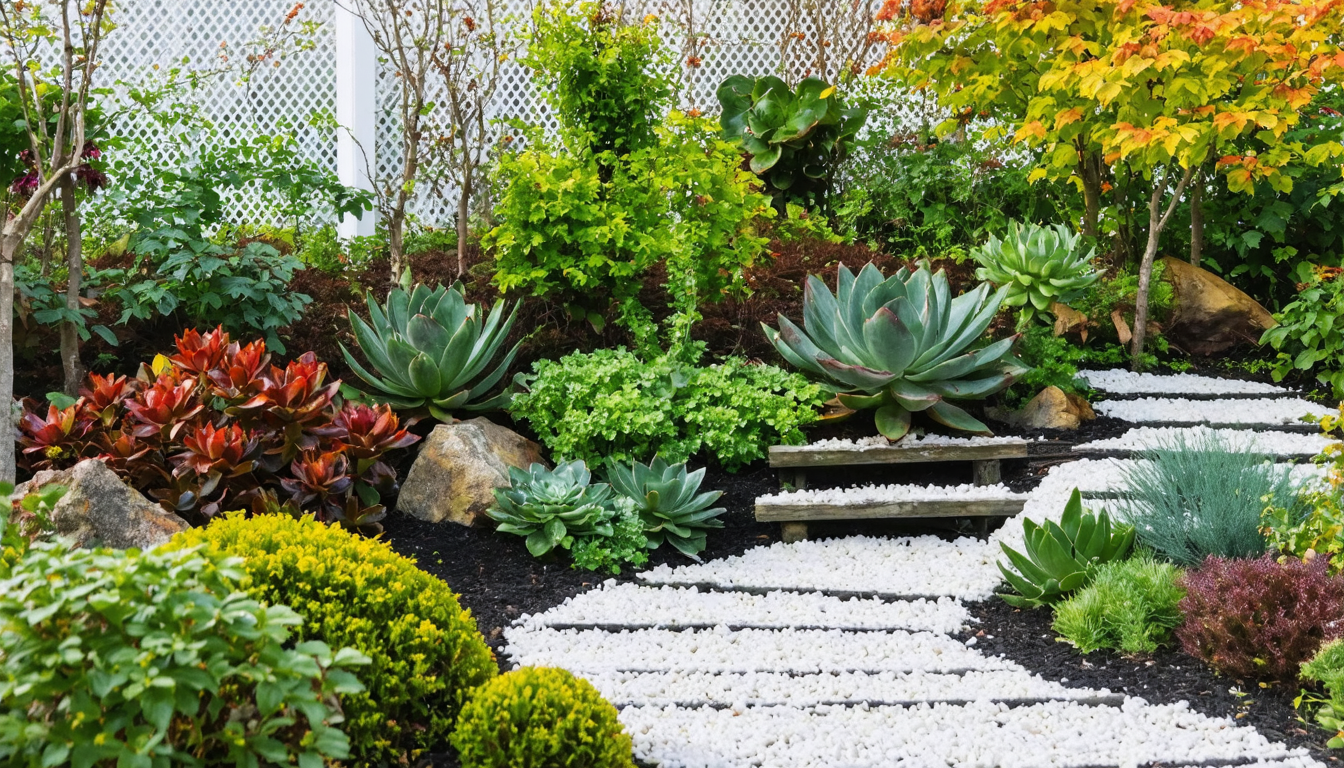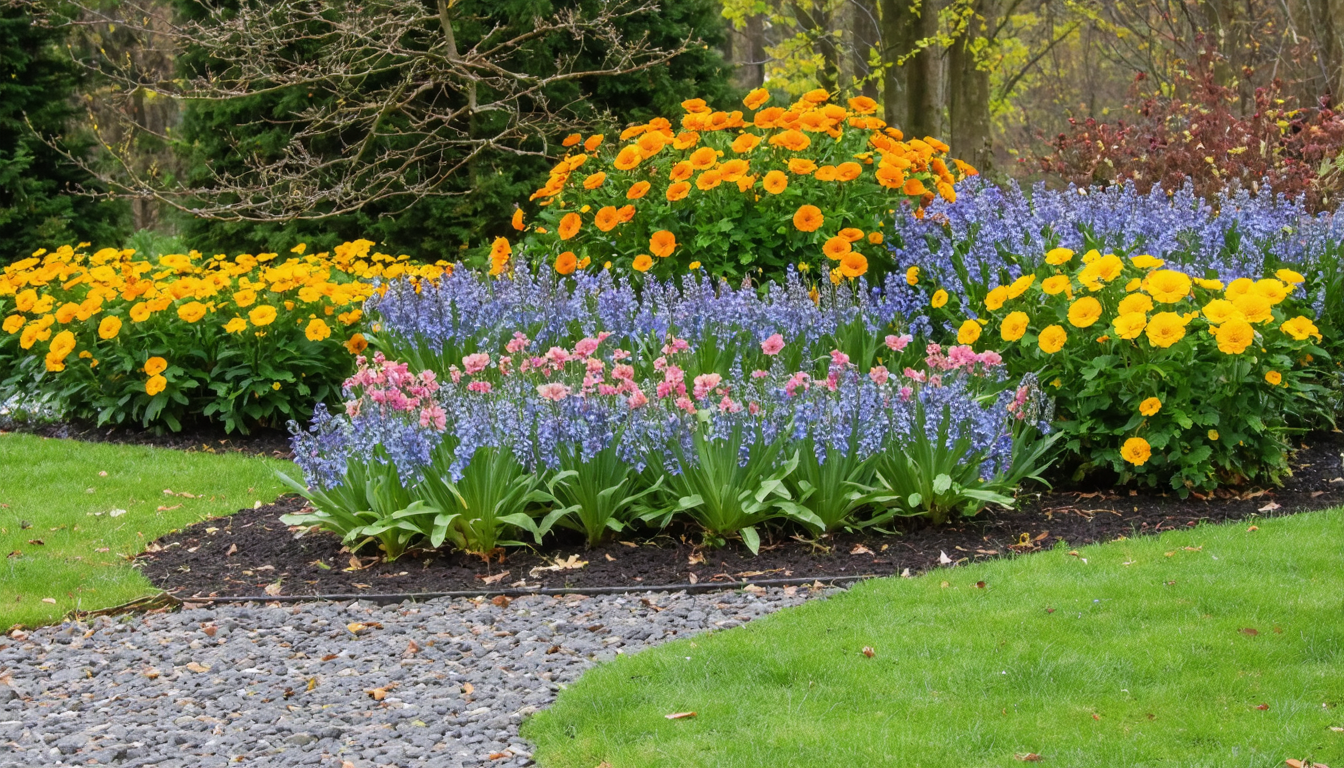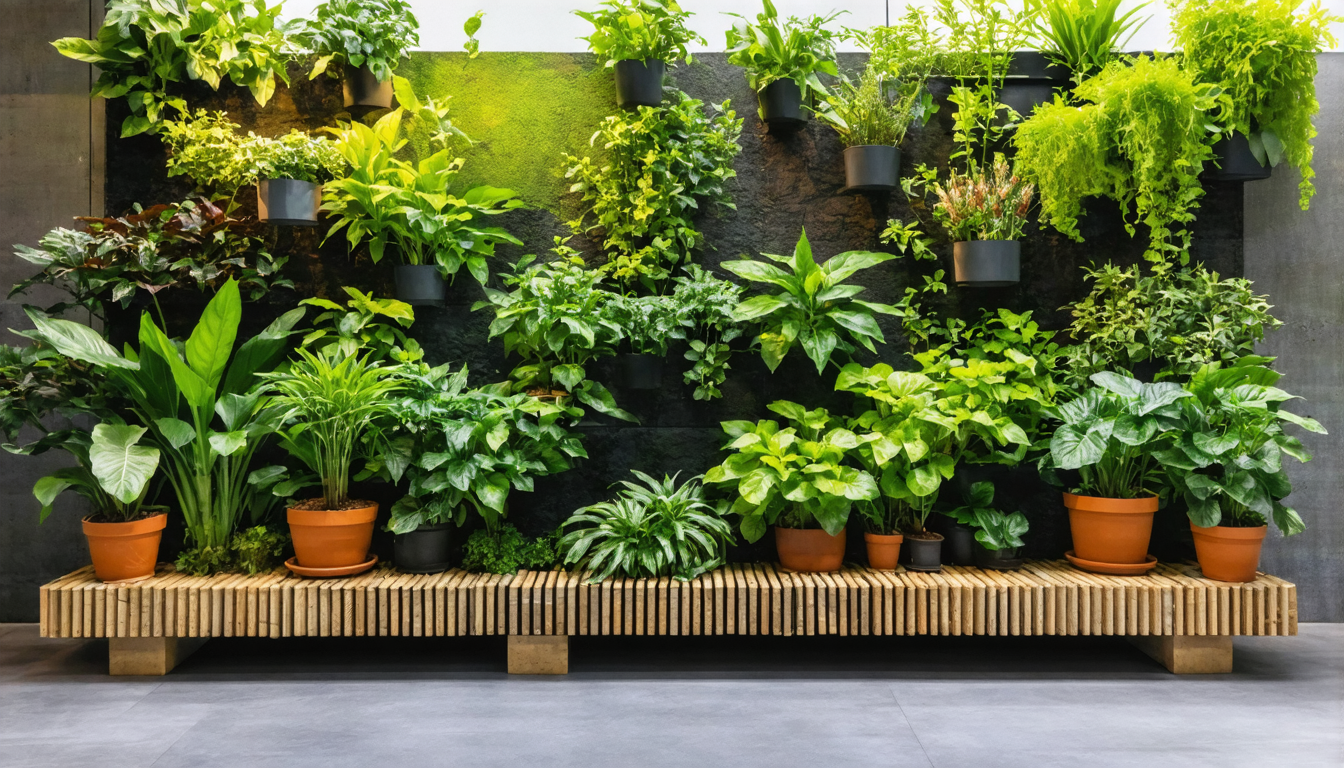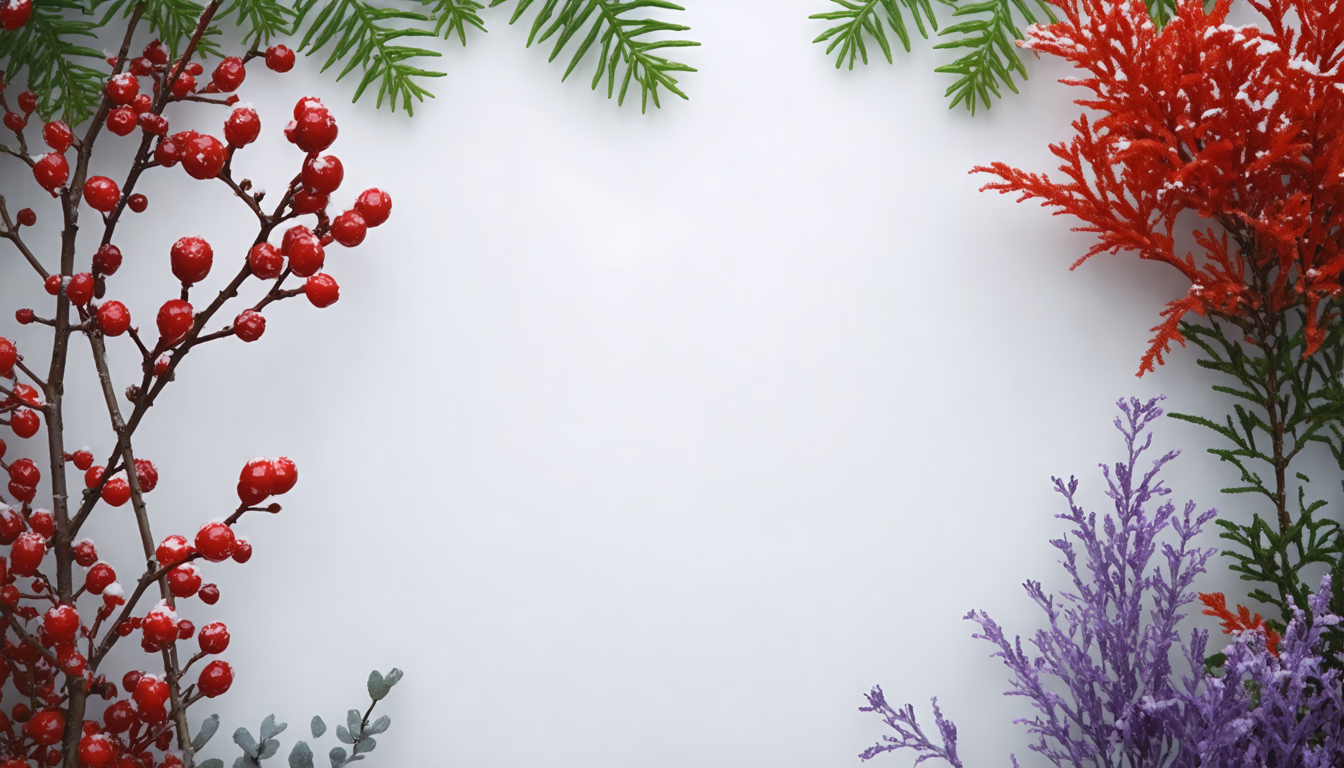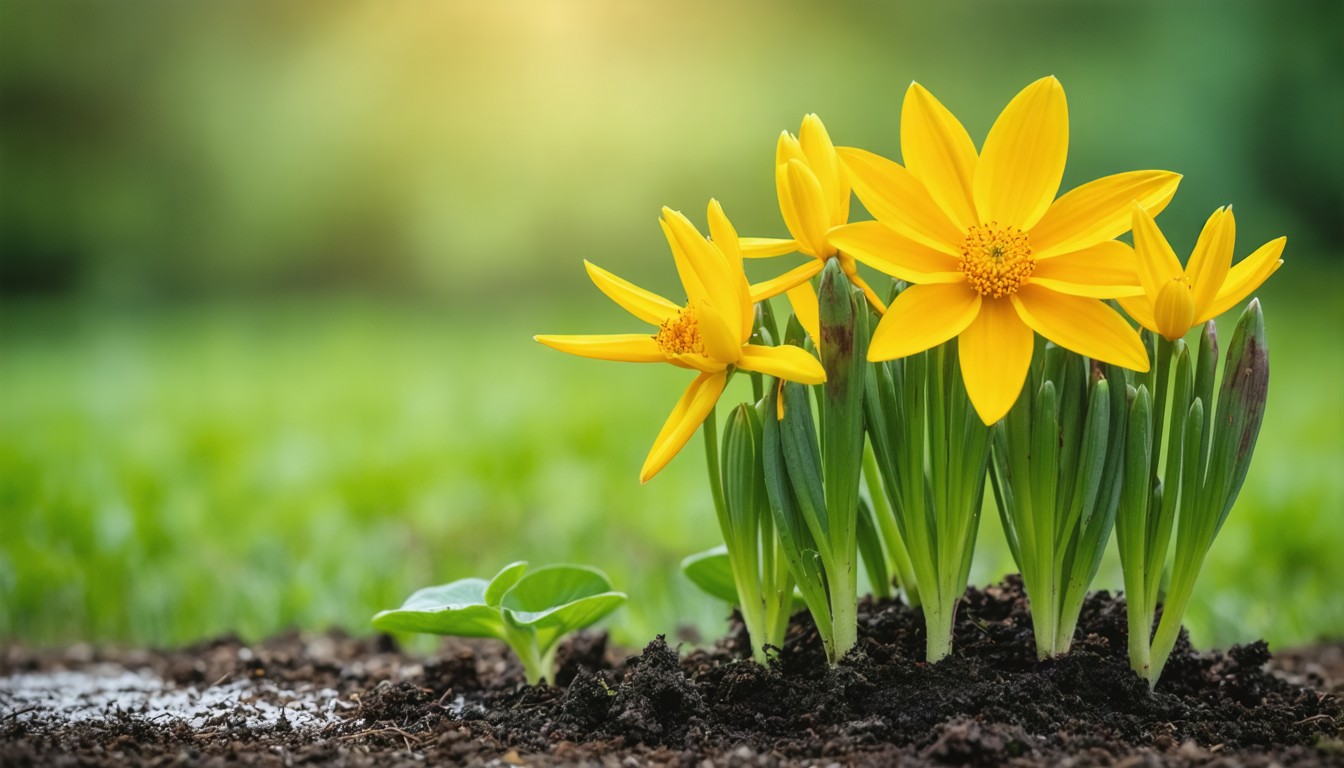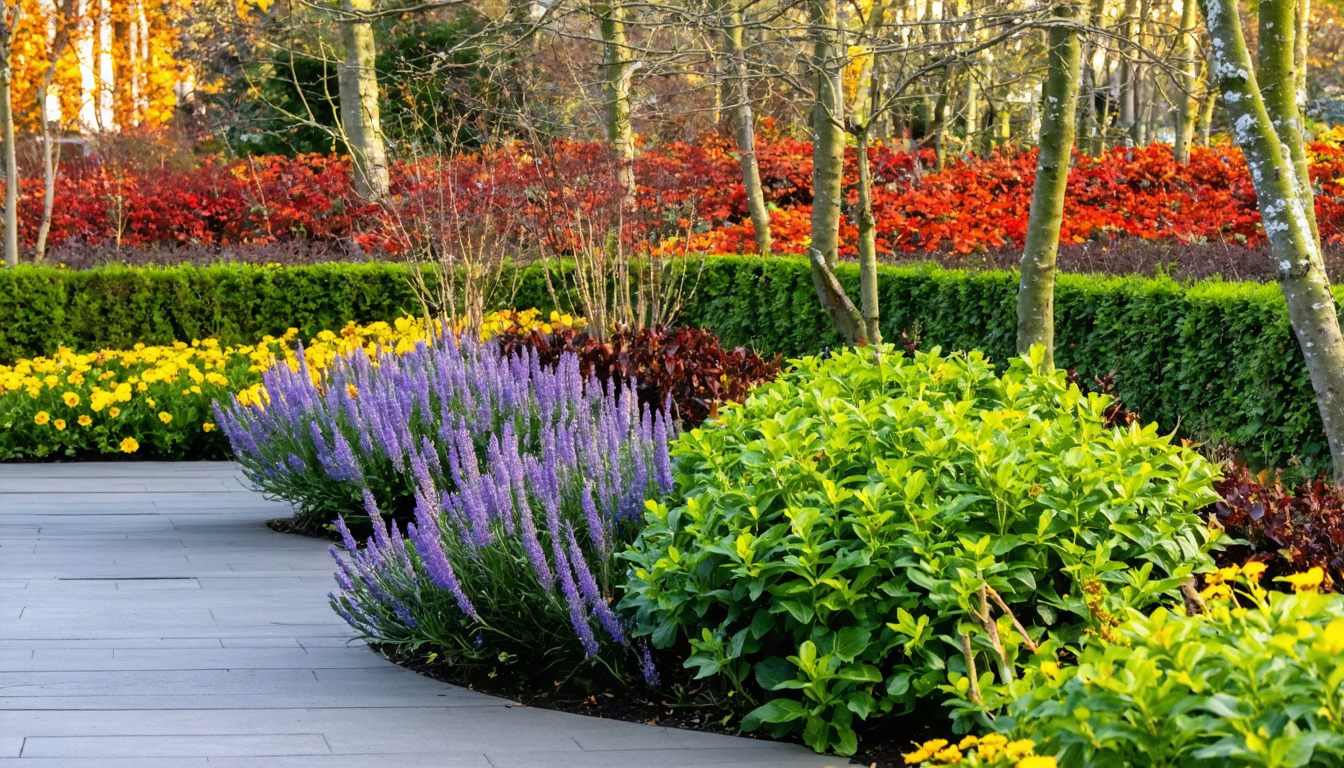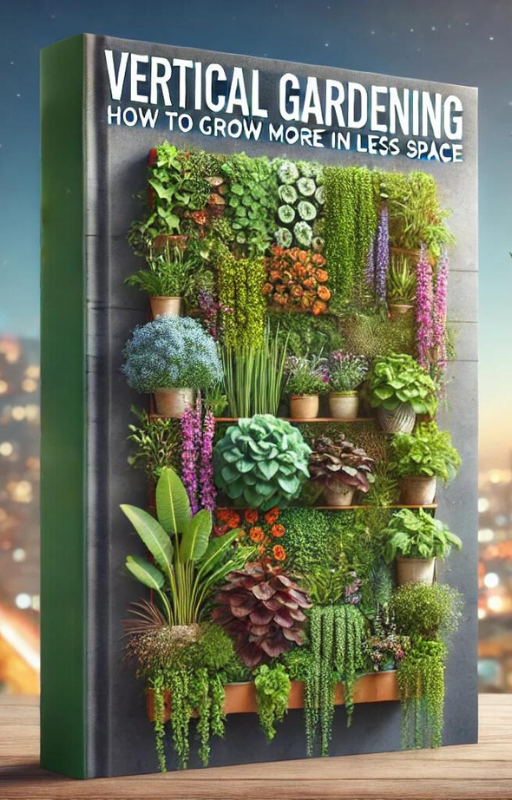
Seasonal Gardening Tips
Preparing Your Garden for Winter
As the days grow shorter and temperatures begin to drop, it’s crucial to prepare your garden for the upcoming winter. Start by clearing away dead leaves and debris that could harbor pests through the colder months. Consider mulching to protect plant roots from the freeze, and don’t forget to plant your garlic and tulip bulbs for a vibrant spring bloom.
Planting Fall Crops
Fall is an ideal time to plant certain crops. Vegetables like kale, spinach, and broccoli can thrive in the cooler weather. Ensuring your soil is rich and well-drained will help these crops prosper, giving you a bountiful harvest before the frost.
Plant Care
Protecting Plants from Frost
Protecting your plants from frost is essential during the fall. Use garden fabric or burlap to cover sensitive plants during cold snaps, especially overnight. Consider insulating pots with bubble wrap to keep roots warm and prevent freezing.
Pruning and Fertilizing
Fall is an excellent time for pruning dead or overgrown branches. This helps prevent disease and encourages healthier growth in spring. Apply a slow-release fertilizer to feed your plants throughout the fall and winter months.
Home Maintenance
Preparing Heating Systems
As temperatures dip, ensuring your heating system is in top condition is vital. Change filters, check thermostats, and schedule a professional inspection to avoid unexpected breakdowns during colder weather.
Sealing Drafts
Conduct a thorough check of windows and doors for drafts. Use weatherstripping and caulk to seal any gaps, which will help in maintaining a warm, energy-efficient home throughout the fall and winter.
DIY Projects
Garden Decorations
Embrace the season by creating DIY garden decorations. Crafting scarecrows or designing rustic wreaths can add charm to your space. Utilizing fallen leaves and twigs can enhance the autumnal aesthetics of your garden.
Seasonal Flower Arrangements
Create beautiful autumnal flower arrangements using seasonal blooms and foliage. Combining chrysanthemums, sunflowers, and ornamental grasses can bring the vibrant colors of fall into your home.
Local Events and Workshops
Community Gardening Workshops
Check out local gardening workshops to enhance your skills. These events often offer insightful tips on seasonal gardening practices, soil health, and plant care, aligning with the fall gardening calendar.
Garden Tours and Fairs
Attending fall garden tours and fairs can provide inspiration and a deeper understanding of local plant varieties. These events often showcase native plants that thrive in your area’s climate.
Pest and Disease Management
Identifying Common Pests
Fall brings a new set of pest challenges. Be vigilant in identifying pests such as aphids and spider mites. Introduce beneficial insects like ladybugs or use organic treatments to manage these pests effectively.
Disease Prevention
Preventative measures are key to combating plant diseases. Ensure adequate spacing between plants to reduce humidity build-up and remove any diseased leaves promptly to halt the spread of infections.
Sustainable Practices
Composting
Fall is perfect for composting as fallen leaves provide an excellent source of brown material. Layer them with green waste to create nutrient-rich compost that will benefit your garden in the spring.
Rainwater Harvesting
Install rain barrels to collect rainwater, which can be used to water your garden during dry periods. This practice not only conserves water but also reduces utility bills.
Featured Plants
Fall-Favoring Foliage
This season, consider adding plants like asters and sedums to your garden. These plants are known for their resilience and vibrant colors, thriving even in cooler temperatures.
Ornamental Grasses
Ornamental grasses are an excellent addition for texture and movement in the fall garden. They are low maintenance and provide visual interest with their often striking seed heads and autumn hues.
